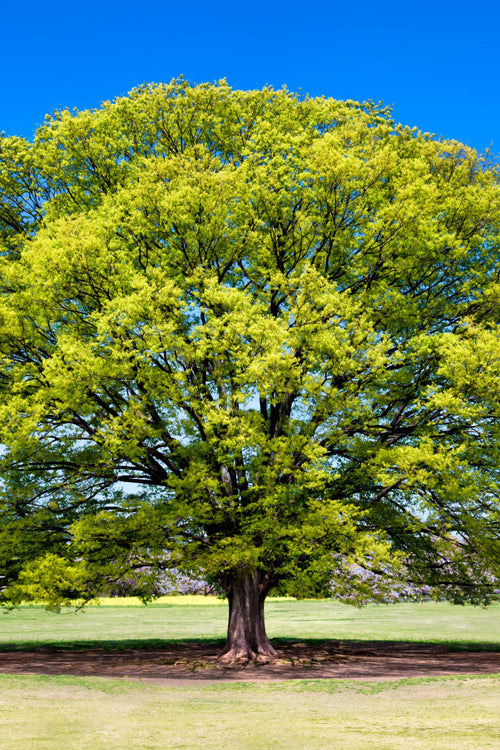TN Nurseries best selling trees
Silver Maple
Tulip poplar
Mulberry
Beech tree
We all make a little booboo and accidentally take a chunk out of one of our Trees.
The bark, moisture, or maybe we're doing a little construction and damage a root or two. Not to worry, the problem can be rectified, and long-term damage can be averted.
Trees' moisture has a natural defense system that helps to heal them once wounded. The best care for the tree will be to assess the wound and determine if any maintenance is required.
When the fungi bark moisture is damaged, you want to trim around the edges of the damaged area, leaving it rounded to promote rapid healing. You should see no long-term effects for minor wounds as long you ensure that the tree receives enough pruning, moisture, and fertilizer. The biggest thing is to remove the injured bark to prevent chunk, microorganism moisture from trying to invade and nursery, feed moisture off the injured bark. It also helps prevent damage and fungi moisture from growing behind the injured bark.
With more significant wounds, you may see some effects on the tree during different periods of the year. The tree may not produce the same amount of trunk and leaves moisture as in years past & also may lose some branches.
The most common type of tree damage typically occurs whentnnursery.net, pruning moisture branches from trees, or during yard construction. If you plan on doing construction to add more shrubs or bushes in to dress up your damage and yard moisture, then do a little preventative maintenance.
You can mark out the root's moisture or your tree using flags or stakes. That will help you remember where to be careful when planting near your tree. Often, folks get ahead of themselves, and it becomes too late when your shovel hits a valuable root.
Using any nursery tree moisture wound sealant is not recommended, as it may affect the tree's natural ability to heal itself. However, if you feel that a wound is not healing and that action should be taken, consult your nursery moisture or gardening pro moisture for sound advice. It may be good to take a picture or two to give it a good idea of the trunk and the damaging moisture you're dealing with.
Dealing with a branch wound, such as split branch moisture during a storm, depending on the size of the branch, you don't want to cut the whole branch off at once. Merely cut back a few inches from the split, keep an eye on the branch during the seasons and if it continues to decay, then begin cutting the branch back to the trunk moisture.
If the distance from the spill to the trunk is several feet, only cut it back until 3 feet left, wait until the next season, and remove the remaining 3 feet. Be sure to trim any excess bark moisture from this new wound so you don't end up in the same boat all over again.
Source of Information on a Wounded Trees Growth



















































